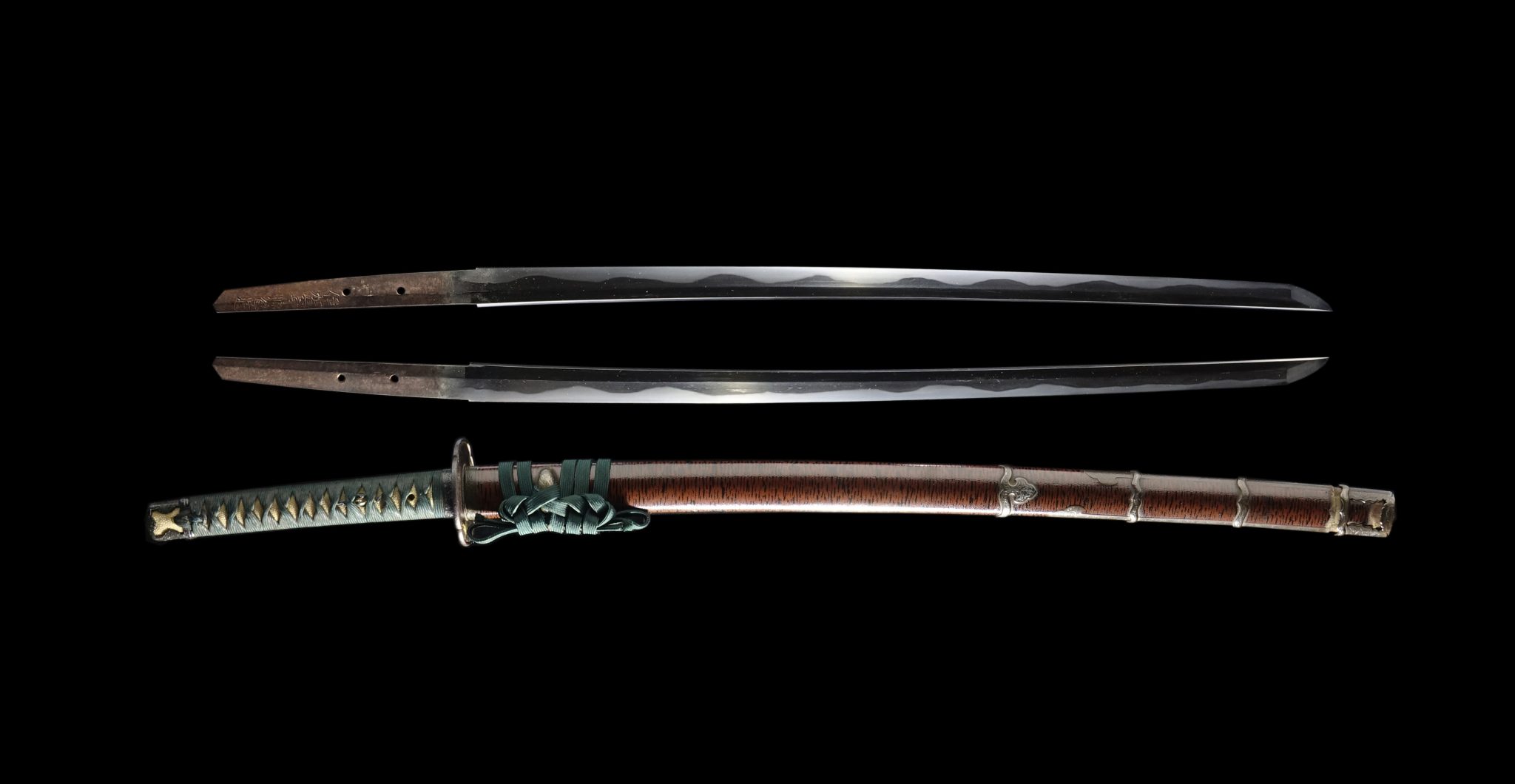The katana, a curved and razor-sharp sword, holds a revered position in the annals of Japanese history, embodying the essence of the samurai warrior’s nobility. Throughout centuries, the samurai, a class of skilled and disciplined warriors, wielded the katana not merely as a weapon but as a symbol of their honor, loyalty, and social standing. The forging of a katana was a meticulous and sacred process, often involving weeks of craftsmanship by skilled swordsmiths who understood the spiritual significance of their creations. The katana’s significance transcended its physical attributes, becoming a spiritual extension of the samurai’s soul. In the hands of a skilled warrior, the katana was more than a tool for combat; it was a conduit for expressing one’s devotion to the code of Bushido. Central to the samurai’s way of life was the Bushido, a code of conduct that dictated their moral and ethical principles.

The katana, as an integral part of a samurai’s attire, became the embodiment of this code. It was a testament to their unwavering loyalty, unyielding courage, and utmost respect for honor. The samurai believed that the katana held a divine essence, with its own spirit known as the kissaki, or the tip of the sword. This spiritual connection between the warrior and the weapon elevated the katana to a symbol of transcendent power, shaping the very fabric of samurai nobility. The katana also played a pivotal role in shaping the hierarchical structure of samurai society. Ownership of a finely crafted katana was not only a mark of a warrior’s skill but also a reflection of their social status. The forging of a katana was a laborious and expensive process, making these swords luxury items accessible only to the elite class of samurai. Consequently, the possession of a katana became a tangible representation of a samurai’s elevated standing within society. It was not merely a weapon but a status symbol that distinguished the samurai from other classes.
In battle, the katana sword became an extension of the samurai’s spirit, a tool through which they sought to uphold their honor and defend their lord. The art of wielding the katana, known as iaijutsu or battōjutsu, required not only physical prowess but also a profound understanding of timing, precision, and mental focus. The elegance and efficiency with which a samurai could draw and strike with their katana became a testament to their mastery and discipline. In conclusion, the katana’s role in defining samurai warrior nobility was multifaceted. It went beyond being a tool for combat, evolving into a symbol of honor, a representation of social status, and a spiritual connection between the warrior and their code. The legacy of the katana endures as a testament to the samurai’s unwavering commitment to their principles and the indelible mark they left on Japanese history and culture.